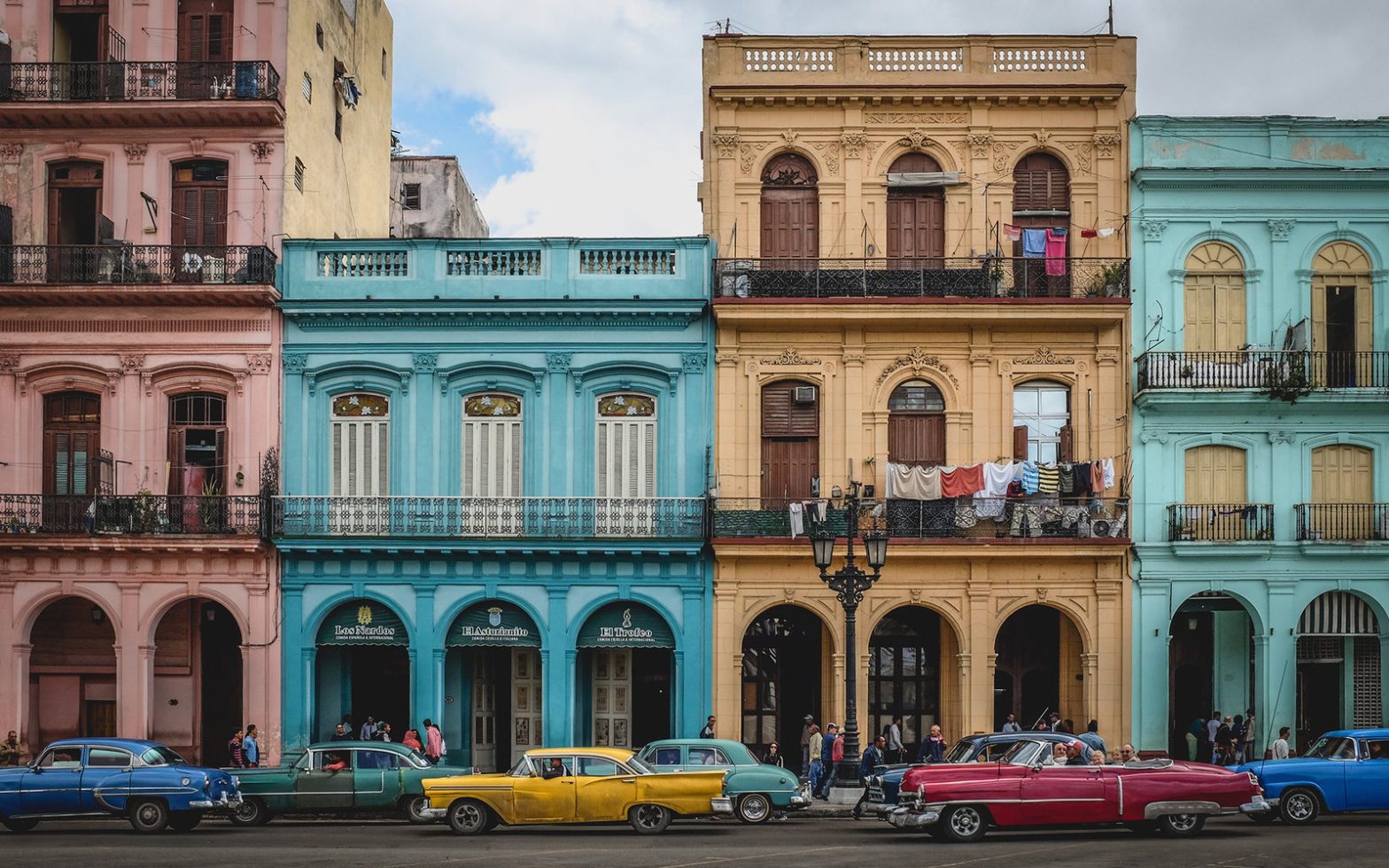It could be argued that no country has been shaped and influenced by the act of colonisation more than Cuba. Cuba’s fate changed forever from the moment that Christopher Columbus landed here on the 28th of October in 1492. The enticing beauty and natural resources of this island paradise quickly made it the jewel in the crown of the Spanish Empire. It wasn’t only the Spanish whose influence could soon be seen on the island, and various other European influences came into play when it came to the look of various buildings and even whole cities. These influences speak of a rich and fascinating cultural heritage that is unique throughout the world. If you want to revel in the beauty of this European heritage in a Caribbean paradise, there are a few key places you need to see.
Those Beautiful Bridges
The city of Matanzas is not somewhere that many visitors to Cuba will go to, but this really is their loss. It has been described as the Venice of Cuba, and there’s a reason for this. While Venice has its beautiful though rather uniform canals (with hordes of tourists), Matanzas has three rivers passing through it and out into the sparkling Bay of Matanzas. These rivers (the Rio Yumuri, the San Juan, and the Canima) divide the city and are the reason that Matanzas boasts 17 bridges, some which are serviceable and austere, with others that are wonderfully ornate. It’s these multiple bridges that warrant the comparison with Venice, although of course Matanzas doesn’t need to be compared to anywhere else and is stunning in its own right. With just over 140,000 residents, Matanzas could barely be described as a city, and offers a respite from the hustle and bustle that can be found in many other key Cuban destinations. This is not to say that you can’t have a festive time in the city. It’s acknowledged as the home of rumba, and this style of music is regularly performed in the city’s numerous nightspots. Interestingly, during the sugar boom of the 19th century, Matanzas was home to an impressive number of poets, which led to it also being described as the Athens of Cuba, no doubt as a nod to the poets of Ancient Greece.
French Flair
Cienfuegos has a couple of nicknames. It’s often referred to as the Pearl of the South, which naturally sounds rather enticing in tourist brochures. It’s also called the Paris of Cuba, due to the fact that it was largely the French who shaped the city. Its European influences are more recent than in other parts of Cuba, and much of this influence was established in the 1800s. Cuba was not the only part of the New World that underwent European colonisation, and there were a large number of French settlers in the US, particularly in and around Louisiana. For a number of these settlers, their hopes for the New World didn’t go as planned, and so feeling rather disaffected, many of them relocated to Cuba and set up home in what is now Cienfuegos. Their numbers were bolstered by other settlers who came straight from France (particularly Bordeaux) to Cienfuegos, turning the fledgling colony into a thriving French settlement. This French flair can be seen predominantly in the architecture of the town, which has an undeniable French influence. This can also be seen in the wide boulevards of the town, which are certainly reminiscent of Paris (and many of these actually have French names). Cienfuegos is a popular spot on a group tour in Cuba, and with its elegant, relaxed pace of life, the reasons why will immediately become obvious.
European Influences in Havana:
Unsurprisingly, Havana boasts a significant number of Spanish colonial-style buildings. While both Cuba and much of Spain enjoy consistently high temperatures, a straight transfer of the style would not have been appropriate. To reflect Cuba’s fairly high levels of humidity, Spanish colonial-style buildings in the capital generally have more outdoor spaces (such as patios), and more of an open plan flow, allowing the air to circulate and make the building more liveable. A walk through Havana’s Old Town can feel like a lesson in Spanish architectural history, and the best-preserved colonial mansion is perhaps the Casa de los Condes de Jaruco (located at 107 Calle Muralla). Italian Baroque architecture is also evident in the Cuban capital, particularly with the La Catedral de la Virgen María de la Concepción Inmaculada de La Habana (which you can just call the Havana Cathedral). It’s located on Plaza de la Catedral in the heart of Havana’s Old Town. For a more recent European influence, there are a number of French-inspired Art Deco buildings in Havana, most notably the Hotel Nacional de Cuba (even though its design was overseen by an American company), which opened in 1930.

